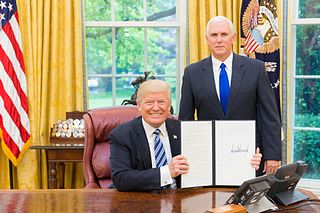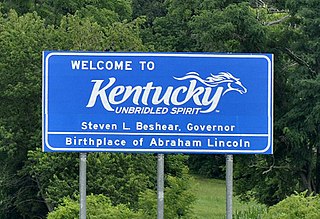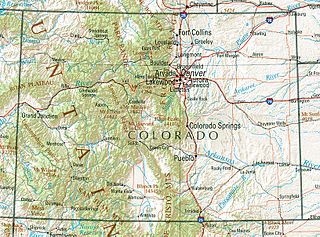 Of the 32,570,855 small businesses the US Census Bureau says are small businesses, only about one-third of them are what most people think of when they think of a small business, one that has employees.
Of the 32,570,855 small businesses the US Census Bureau says are small businesses, only about one-third of them are what most people think of when they think of a small business, one that has employees.
Its even worse than that. The 76.2% of small businesses that do not have employees only account for 4% of sales of all small businesses. So what is the explanation? Who are these non-employers?
According to Alan Grundy of the Census Bureau, they are
“self-employed individuals operating a very small unincorporated business which may or may not be the owner’s principal source of income.”
Simply put, these “small business owners” are not business owners at all.
A lot of them are people making some money “on the side.” Maybe they sell a few thousand dollars a year of stuff on Etsy. Or a student that babysits to support his education. Or a professional that occasionally rents out his apartment on Airbnb. These people most likely have a full-time job with health insurance and other benefits. They are certainly not entrepreneurs. They are just earning a few extra dollars that they report on Schedule C.
Then there are other types of businesses skewing the numbers. For example, a person who owns ten rental properties, each one with its own separate tax return. Yes, he is a real business owner, but of one business, not ten. There can also be several partners that own one business, but each one files his own tax return.
Another source of the inflated figures are “independents.” These are also real businesses, but without employees. Many of these “businesses” are the main livelihood of service providers such as stockbrokers, cleaners, delivery people. A hairstylist who is independent and just works in someone else’s salon; an accountant or lawyer who works from home; or a consultant or real estate agent who works from a work-share space are all small businesses without employees. The owner and worker is the same person.
A more accurate way of knowing if someone is a small business owner is to ask whether he or she has employees. Real employers sign paychecks, have vacation policies, break rooms, hires and fires.
More precisely, there are closer to 7.8 million true small businesses in the USA. The rest of the 32 million are just people reporting extra income on their tax returns.



